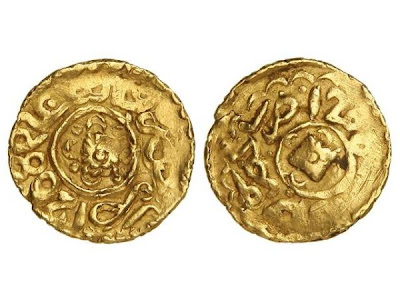dirham & benduqi
 |
| BENDUQI |
 |
| DIRHAM |
Before the introduction of a modern coinage in 1882, Morocco
issued copper coins denominated in falus, silver coins denominated in dirham
& gold coins denominated in benduqi. From 1882, the dirham became a
subdivision of the Moroccan rial, with 50 Mazunas = 10 dirham = 1 rial.

When most of Morocco became a French protectorate in 1912 it
switched to the Moroccan franc. The dirham was reintroduced on 16 October
1960. It replaced the franc as the major unit of currency but, until 1974,
the franc continued to circulate, with 1 dirham = 100 francs. In 1974, the
santim replaced the franc.
In 1960, silver 1 dirham coins were introduced. These were
followed by nickel 1 dirham and silver 5 dirham coins in 1965. In 1974, with
the introduction of the santim, a new coinage was introduced in denominations
of 1, 5, 10, 20 and 50 santimat and 1 dirham.
The 1 santim coins were
aluminium, the 5 up to 20 santimat were minted in brass, with the highest two
denominations in cupro-nickel. Cupro-nickel 5 dirham coins were added in 1980
and changed to a bi-metal coin in 1987.




Comments
Post a Comment